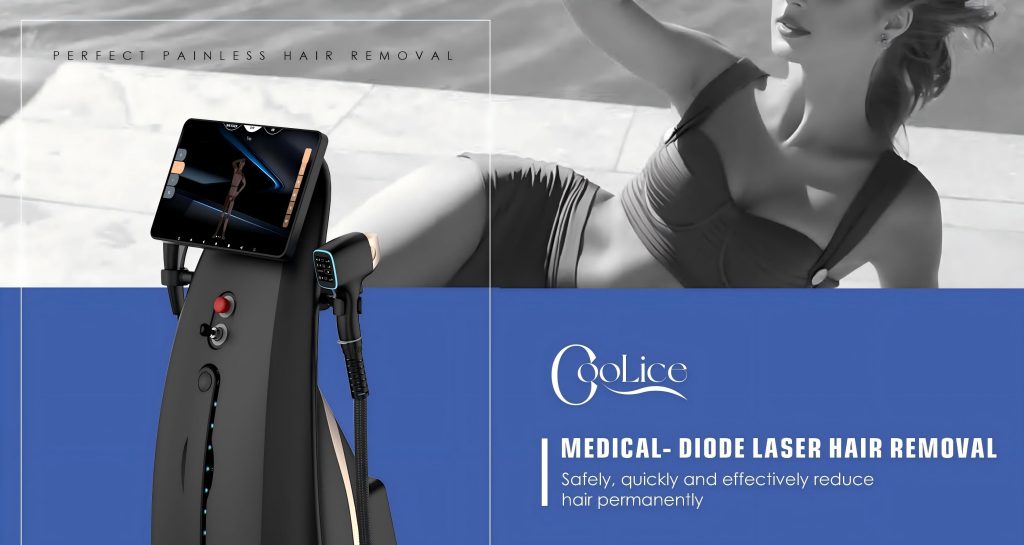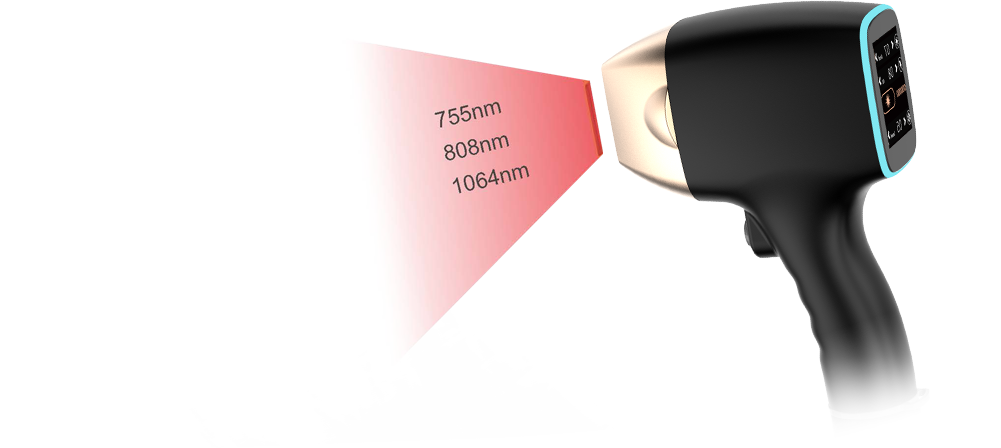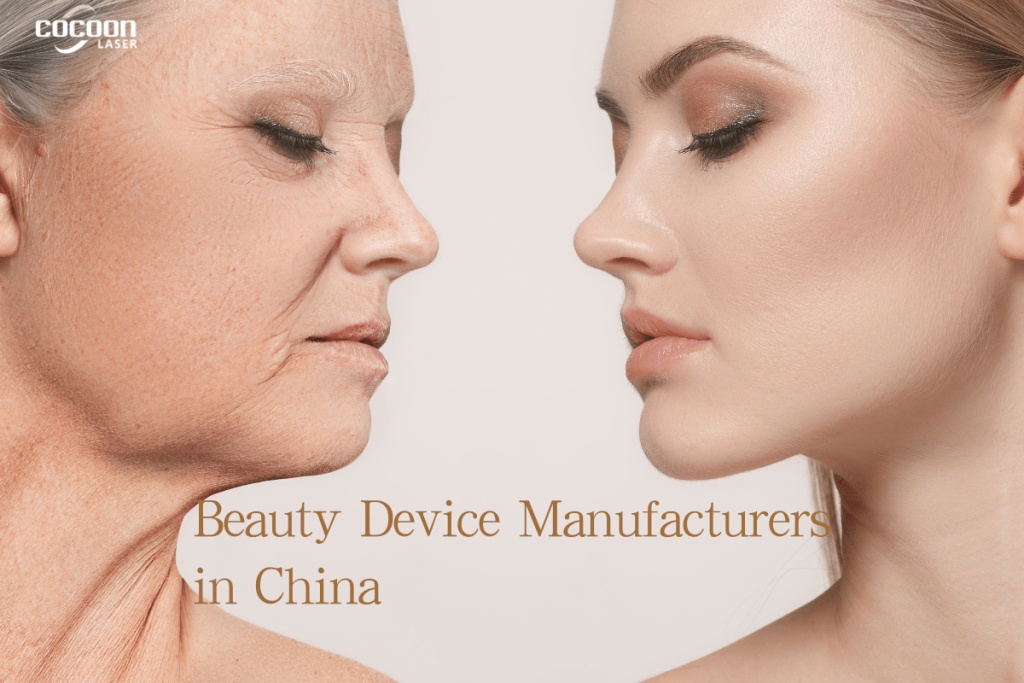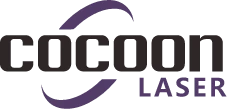2025 Top Hair Reduction Laser Machines Reviewed
Introduction
Searches for a hair reduction laser machine have exploded in the U.S. as both consumers and clinics look for longer-lasting alternatives to shaving and waxing. But “laser hair removal” is a broad label: devices range from $200 at-home handsets to $60,000 professional platforms, and not all technologies—or results—are equal.
This guide focuses on specific, practical details so you can understand how the main machine types differ, what kind of results to expect, and what makes a system worth the investment in 2025.
Overview of Hair Reduction Technology
Modern hair reduction is based on selective photothermolysis: light at a targeted wavelength is absorbed by melanin in the hair shaft and follicle, converted to heat, and damages structures that drive growth.
Key parameters you’ll see on any serious laser hair removal machine:
- Wavelength (nm) – determines how deeply light penetrates and how strongly it’s absorbed by melanin.
- Fluence (J/cm²) – the energy delivered per area; professional systems often range from 6–60 J/cm², while at-home units stay much lower for safety.
- Pulse duration (ms) – how long the energy is delivered; matching this to hair thickness helps heat the follicle without burning skin.
- Spot size (mm) – larger spots (10–20 mm) cover more area and treat faster.
Different technologies—diode, Alexandrite, Nd:YAG, and IPL hair removal devices—use different combinations of these parameters to balance efficacy and safety for various skin types.

Importance of Choosing the Right Laser Machine
Why does choosing the right hair reduction laser machine matter so much?
- Skin Type Safety
- Light skin with dark hair can tolerate higher fluence and shorter pulses.
- Darker skin types (IV–VI) need longer wavelengths (e.g., 810 or 1064 nm) and gentler settings to avoid burns and hyperpigmentation.
- Treatment Speed & Business Model
- A clinic serving 20–30 patients a day needs large spots (12–20 mm), high repetition rates (up to 10 Hz), and efficient cooling.
- A home user doing legs on a weekend can accept slower passes if the handset is affordable.
- Longevity of Results
- Under-powered electronics or poor cooling quickly limit fluence, producing only temporary thinning.
- A well-engineered professional system can deliver consistent energy across thousands of pulses, giving longer-term reduction after 6–8 sessions.
So, “best laser hair removal” is never one machine for everyone—it’s the one whose wavelength, power, and ergonomics match the user’s skin profile and usage scenario.


Best Laser Hair Removal Machines of 2025
At-Home Laser Hair Removal Devices
The at home laser hair removal and IPL market is dominated by compact handsets using low-energy pulses. Most are IPL rather than true lasers.
Device Type 1: IPL Hair Removal Device
- Technology: Intense Pulsed Light (broad spectrum 500–1200 nm with filters)
- Typical Output: 3–6 J/cm² per pulse
- Best For: Fitzpatrick I–III, fine to medium hair on legs, arms, underarms, bikini
- Pros:
- Lower cost ($200–$450)
- Large flash window for fast coverage
- Multiple energy levels and skin sensors
- Limitations:
- Less selective than single-wavelength lasers; not ideal for very dark skin or very fine hair
- Requires regular maintenance sessions every few months
Consumers asking “does at home hair removal work?” should expect gradual reduction: often 20–40% after 3–4 sessions and higher with consistent use, rather than clinic-level clearance.
Device Type 2: Diode-Based Home Laser
A smaller segment uses low-power 800–810 nm diode arrays.
- Technology: True laser, usually 810 nm
- Output: Lower fluence than clinic devices but more targeted than IPL
- Best For: Small areas (underarms, upper lip) in lighter skin types
- Pros:
- More selective melanin absorption than IPL
- Often fewer flashes needed for regrowth delay
- Limitations:
- Smaller treatment window and slower body coverage
- Still underpowered compared with professional platforms
These devices fit the “best hair removal device” category for users who want extra precision over broad-spectrum IPL but are comfortable treating only small zones.
Professional Laser Hair Removal Equipment
For clinics and medspas, laser hair removal equipment professional must combine power, speed, and safety.
Equipment Type 1: 808 nm Diode Hair Reduction Laser Machine
A typical professional diode system designed for hair reduction in U.S. clinics might feature:
- Wavelength: 808–810 nm (sometimes multi-wavelength 755/808/1064 nm)
- Fluence: Up to 60 J/cm²
- Repetition Rate: 1–10 Hz (sliding or stamping modes)
- Spot Size: 12×12 mm to 15×20 mm
- Cooling: Contact sapphire tip at 0–5°C plus air cooling
Use Cases:
- All body areas, including legs, back, Brazilian, and beard line
- Fitzpatrick I–IV, and selected protocols for V–VI
Good systems are engineered for thousands of shots per day, with robust power supplies and water-cooling. For clinics asking “laser hair removal machine for business”, this is the workhorse category.
Equipment Type 2: Triple-Wavelength or Alexandrite/Diode Platforms
Higher-end systems combine:
- 755 nm Alexandrite – very efficient for fine, light hair in fair skin
- 808 nm Diode – versatile across most skin types
- 1064 nm Nd:YAG – safer option for dark skin and deeper follicles
These “professional laser hair removal machines for sale” are designed for facilities that want to cover all Fitzpatrick types without owning multiple separate devices.
Typical specs include:
- Multiple handpieces or stacked diodes
- Fluence ranges tailored to each wavelength
- Advanced software with presets by skin type & hair color
- Built-in treatment counters and large touchscreens for record keeping


How Laser Hair Removal Machines Work
Mechanism of Action
- Light pulse is delivered to the skin.
- Melanin in the hair shaft and bulb selectively absorbs the energy.
- Hair follicle temperature rises to ~65–75°C.
- Stem cells in the bulge are damaged, slowing or preventing regrowth.
Because only follicles in the anagen (active growth) phase can be effectively targeted, multiple sessions—usually 6–10 for professional systems and more for at-home devices—are required.
Comparison of Laser Types
- Diode (800–810 nm) – Good depth, strong melanin absorption; mainstay for body hair.
- Alexandrite (755 nm) – Higher melanin absorption; very effective for lighter, finer hair but more risk in darker skin.
- Nd:YAG (1064 nm) – Deeper penetration with less melanin absorption; safer for dark skin and thicker, deep follicles.
IPL Hair Removal Device vs. Laser Hair Machines
| Aspect | IPL Hair Removal Device | Laser Hair Machine |
|---|---|---|
| Light Source | Broad-spectrum flashlamp | Single wavelength laser diodes or rods |
| Selectivity | Lower; more scatter in tissue | Higher; more targeted to melanin |
| Peak Fluence | Lower (home: 3–6 J/cm²) | Higher (clinic: up to 60 J/cm²) |
| Skin Types | Mainly I–III | I–VI (depending on wavelength) |
| Ideal User | Budget-conscious home user | Clinics, medspas, dermatology practices |
In short, IPL is fine for entry-level, at-home thinning, but clinics and serious users looking for durable reduction will prefer a true hair reduction laser machine.
Cost Considerations
Laser Hair Removal Machine Price Ranges
Approximate U.S. market ranges in 2025:
- At-home IPL or laser devices: $200–$700
- Entry-level professional diode platforms: $25,000–$40,000
- Premium multi-wavelength or brand-name systems: $50,000–$80,000+
Factors Influencing Cost
- Power & Cooling Capacity – Higher maximum fluence and better cooling mean higher throughput and better comfort—but also higher cost.
- Number of Wavelengths & Handpieces – Triple-wavelength systems or added facial/vascular handpieces raise the price.
- Warranty & Service Network – Reliable local support can justify a higher laser hair removal equipment price over the long term.
- Pulse Quality & Spot Uniformity – Even energy distribution reduces hot spots and complications, which matters more than raw Joules on a spec sheet.
Value for Money: Features vs. Price
For home users, the best hair removal device balances:
- Sufficient energy output
- FDA clearance
- Realistic treatment time (full legs under 30–40 minutes)
For clinics, “cheap” hardware that can’t deliver stable energy or breaks down frequently quickly becomes more expensive than a higher-priced but reliable platform. When considering a laser hair removal machine for sale, calculate:
- Cost per shot
- Time per full-body session
- Expected lifespan of handpieces
- Manufacturer training and marketing support
Conclusion
A “top” hair reduction laser machine is not just a pretty housing with a laser label. It’s a combination of wavelength, power, cooling, software, and after-sales support that matches the user’s needs:
- At-home IPL and low-power diode devices offer accessible, gradual thinning for lighter skin types.
- Professional diode and multi-wavelength platforms deliver the speed, flexibility, and durability clinics need to build a profitable hair reduction service line.
If you’re a U.S. clinic or medspa planning to invest, start by defining your main patient profiles and treatment volume, then shortlist systems whose specifications—wavelength mix, fluence range, spot size, and cooling—align with those needs.
For clinics exploring reliable international options, COCOON offers a high-performance hair reduction laser machine engineered for speed, safety, and consistency—designed by a premium beauty device manufacturer from China trusted by global medspas.
You’re also welcome to visit our factory in China or check our technology and production process through our official YouTube channel.
For readers who want to go deeper, your next step is to compare specific models, request live demos, and ask manufacturers for real before-and-after data, not just brochures. With the right machine, laser hair reduction can become one of the most reliable and in-demand services in your practice.












